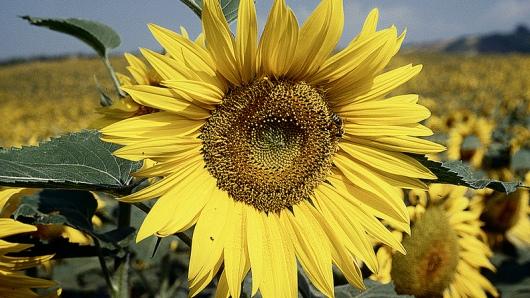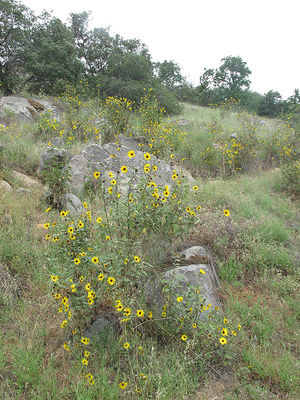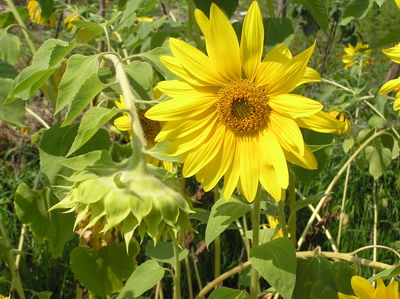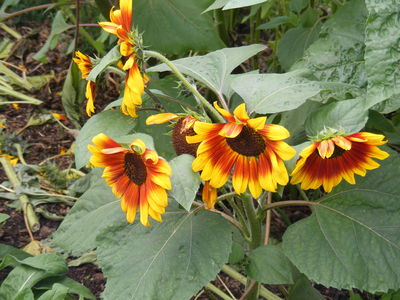Native to:
Arizona,
California,
Mexico Central,
Mexico Northeast,
Mexico Northwest,
Mexico Southwest,
Nevada
Introduced into:
Alabama,
Alaska,
Albania,
Alberta,
Altay,
Amur,
Argentina Northeast,
Argentina Northwest,
Argentina South,
Arkansas,
Assam,
Austria,
Azores,
Baltic States,
Bangladesh,
Belarus,
Belgium,
Belize,
Bolivia,
Botswana,
British Columbia,
Bulgaria,
Buryatiya,
Canary Is.,
Cape Provinces,
Caprivi Strip,
Central European Rus,
Chile Central,
Chile North,
Chile South,
China North-Central,
China South-Central,
China Southeast,
Chita,
Colombia,
Colorado,
Connecticut,
Corse,
Costa Rica,
Delaware,
Denmark,
District of Columbia,
Dominican Republic,
East European Russia,
East Himalaya,
El Salvador,
Finland,
Florida,
France,
Free State,
Georgia,
Germany,
Great Britain,
Greece,
Guatemala,
Hainan,
Haiti,
Honduras,
Hungary,
Idaho,
Illinois,
India,
Indiana,
Inner Mongolia,
Iowa,
Ireland,
Irkutsk,
Italy,
Japan,
Kamchatka,
Kansas,
Kazakhstan,
Kentucky,
Khabarovsk,
Kirgizstan,
Korea,
Krasnoyarsk,
KwaZulu-Natal,
Lesotho,
Libya,
Louisiana,
Magadan,
Maine,
Manchuria,
Manitoba,
Maryland,
Massachusetts,
Mexico Gulf,
Mexico Southeast,
Michigan,
Minnesota,
Mississippi,
Missouri,
Montana,
Morocco,
Namibia,
Nebraska,
Nepal,
Netherlands,
New Brunswick,
New Hampshire,
New Jersey,
New Mexico,
New South Wales,
New York,
New Zealand North,
New Zealand South,
Newfoundland,
North Carolina,
North Caucasus,
North Dakota,
North European Russi,
Northern Provinces,
Northern Territory,
Northwest Territorie,
Norway,
Nova Scotia,
Nunavut,
Ohio,
Oklahoma,
Ontario,
Oregon,
Pakistan,
Palestine,
Paraguay,
Pennsylvania,
Peru,
Poland,
Portugal,
Primorye,
Prince Edward I.,
Qinghai,
Queensland,
Québec,
Rhode I.,
Romania,
Sakhalin,
Sardegna,
Saskatchewan,
Sicilia,
South Australia,
South Carolina,
South Dakota,
South European Russi,
Spain,
Swaziland,
Sweden,
Switzerland,
Tadzhikistan,
Tasmania,
Tennessee,
Texas,
Thailand,
Tibet,
Transcaucasus,
Tunisia,
Turkey,
Turkey-in-Europe,
Turkmenistan,
Tuva,
Ukraine,
Uruguay,
Utah,
Uzbekistan,
Vermont,
Victoria,
Virginia,
Washington,
West Himalaya,
West Siberia,
West Virginia,
Western Australia,
Wisconsin,
Wyoming,
Xinjiang,
Yakutskiya,
Yugoslavia


















